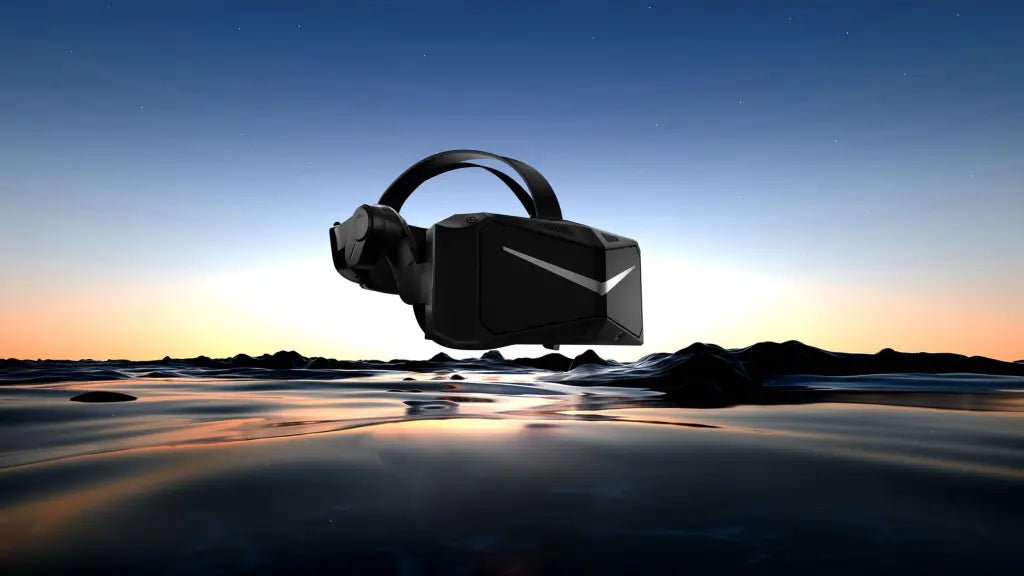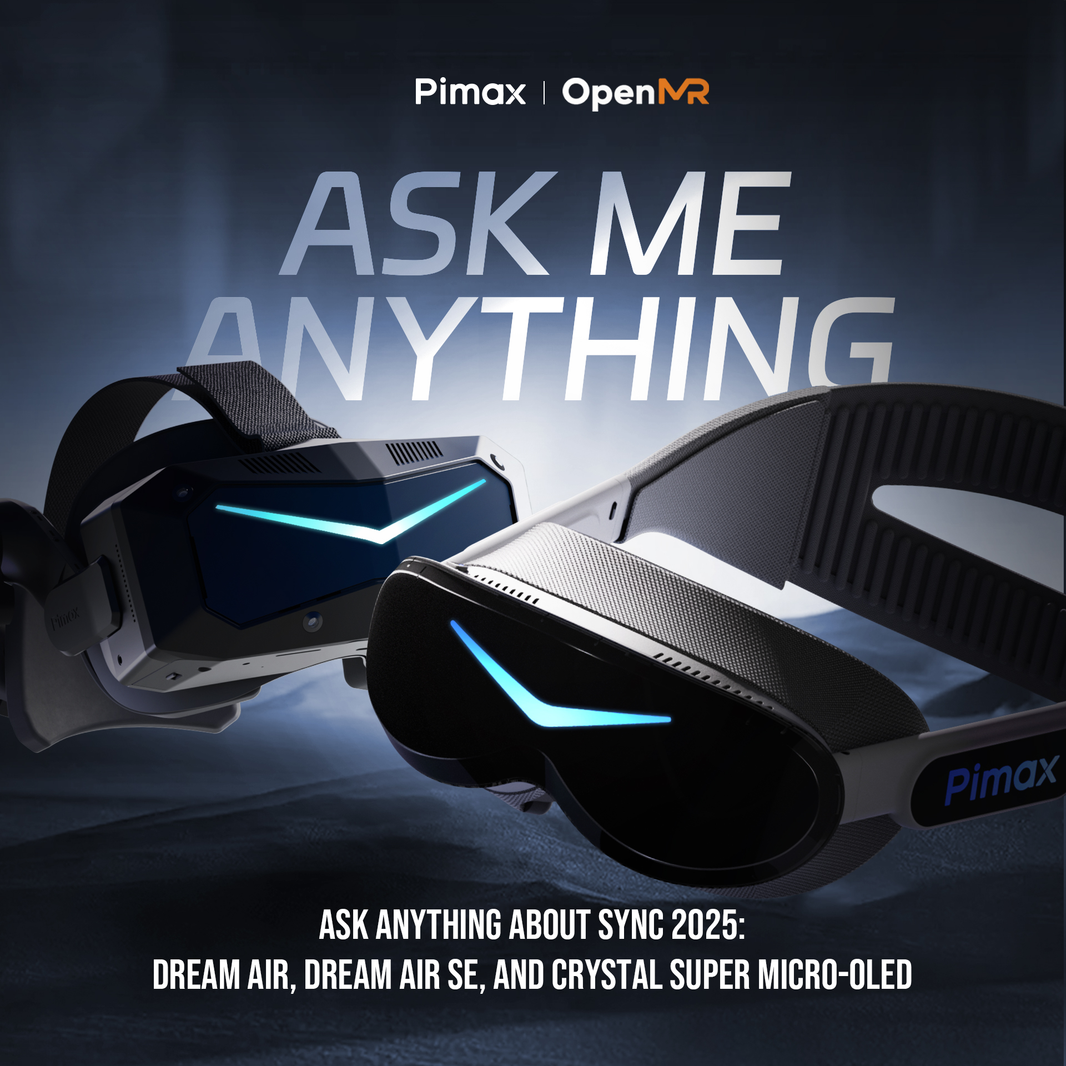Pimax Crystal is Pimax's flagship VR headset, released in 2023, and made a strong impression on many people at CES 2023. In this article, we'll take a closer look at five ways that Crystal differs from other VR headsets.
1: Crystal clear
1.1 What is PPD?
PPD (Pixels-Per-Degree) is an index that indicates the number of horizontal pixels per degree of visual angle, and indicates the level of detail in the headset resolution. The higher the PPD value, the more detailed the displayed information and the better the visual quality the user will experience on the display.

Here's how to calculate PPD:

1.2 Why PPD?
Pixels-Per-Degree (PPD) is the most accurate measure of pixel density in VR. PPD is independent of display size. When a high-resolution display is stretched to a larger size, the visual quality becomes grainy and the PPD decreases.
However, PPD also takes into account the effect of the optics on the visible pixel density: importantly, if the headset optics distorts the visible pixels accurately (or inaccurately), this will be reflected appropriately in the PPD.

If you look at the previous image, the difference is immediately obvious. Furthermore, PPD (Pixels Per Degree) is a good metric for headset designers to balance high pixel density with a wide field of view (FOV). We customized both lenses for different usage scenarios (Crystal is the first VR headset in history to support interchangeable lenses). One offers a 120° FOV with 42 PPD, and the other offers a 140° FOV with 35 PPD. Therefore, setting a higher PPD will sacrifice some FOV (and vice versa). Most mainstream headsets on the market have a PPD in the 25-28 range.

2: Dedicated QLED+Mini-LED screen
Crystal's screen panel combines QLED and Mini-LED technologies, with QLED delivering a color gamut that's approximately 20% wider than traditional OLED, and Mini-LED enabling superior black reproduction, delivering richer colors and purer blacks.
The device's built-in HDR algorithms provide more accurate color reproduction and comfortable contrast, making it a must-have VR headset for video editors, graphic artists, engineers, and gamers. Even in wireless mode, the prosumer-grade high resolution is maintained, so you don't have to worry about image degradation.

3: Automatic pupil distance adjustment (IPD)
The Pimax Crystal's IPD is adjustable from 58mm to 72mm and automatically adjusts using eye tracking.
3.1 What is IPD?
IPD (Interpupillary Distance) is the distance in millimeters between the centers of the pupils of your eyes. This distance varies from person to person and can also change when looking at close and far objects.

3.2 Why adjust IPD automatically?
Previously, it was not easy for players to set the appropriate IPD on their own: they had to first calibrate their IPD using dedicated software, and then calibrate it again using SteamVR.
But now, with eye tracking and automatic interpupillary distance adjustment technology, Crystal can automatically adjust to the optimal interpupillary distance for each individual, making it easy to get the best VR experience without any hassle. This technology is made possible by Tobii's eye-tracking camera and algorithms that adjust the IPD using motors inside the headset.

4: Dual Mode (PCVR & Standalone)
Pimax's first dual-mode PCVR, Pimax Crystal, is equipped with the powerful Qualcomm XR2 and Pimax's customized PCVR engine dual-processor chip, once again establishing its leadership in performance.
4.1 PCVR
Players can connect their PC to the headset using a DP cable or WiGig wireless receiver to transmit and display images on the HMD. For PC VR, Crystal supports two types of tracking: inside-out tracking and outside-in tracking. Inside-out tracking is easy to set up, inexpensive, and can be used without additional accessories. Outside-in tracking, on the other hand, is more accurate but requires additional accessories such as a base station and controllers.

4.2 Standalone Mode
In this mode, players can play VR games without a PC using Crystal's built-in XR2 chip, and can also wirelessly stream gameplay from a PC via Wi-Fi 6E.

5: Pimax custom chip
Crystal is equipped with a Qualcomm XR2 processor and a Pimax-customized PC VR Engine dual-processor chip. This custom chip has been optimized by Pimax to operate at 60GHz. By using WiGig receiver and transmitter modules, it can realize wireless PC VR instead of traditional DP cables, and its performance significantly exceeds that of traditional Wi-Fi 6E wireless transmission.









